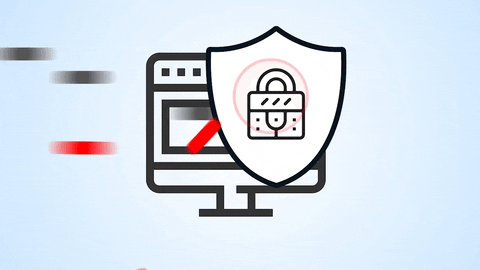With the increasing reliance on digital technologies, the sophistication of cyber threats is also reaching new heights. In this article, we'll explore the key trends shaping cybersecurity in 2024, offering insights into how businesses can stay protected in this ever-changing environment.
The Rise of AI-Driven Cyber Attacks
AI is a double-edged sword in cybersecurity. While it's used for defensive purposes, such as threat detection and response, cybercriminals are also leveraging AI to orchestrate more complex attacks. These AI-driven attacks can adapt to security measures in real-time, making them particularly challenging to detect and counter.
The Expanding Cybersecurity Perimeter
The traditional security perimeter is dissolving. With the rise of remote work and cloud computing, the line between internal and external networks is blurring. Organizations need to adopt a zero-trust security model, ensuring robust verification processes for anyone trying to access their systems, irrespective of their location.
The Growing Importance of IoT Security
The Internet of Things (IoT) continues to expand rapidly. However, this growth also presents numerous security challenges. Many IoT devices lack robust security features, making them vulnerable to attacks. Strengthening IoT security protocols is imperative to prevent these devices from becoming entry points for cybercriminals.
The Surge in Ransomware-as-a-Service (RaaS)
RaaS is transforming the landscape of cybercrime. It allows individuals without extensive technical knowledge to launch ransomware attacks. This democratization of cybercrime means that businesses of all sizes are at risk and must enhance their defenses against ransomware.
The Evolution of Cybersecurity Regulations
Regulatory frameworks are evolving to keep up with cybersecurity challenges. Businesses must stay informed about these changes to ensure compliance. Non-compliance not only poses legal risks but also leaves companies vulnerable to cyber threats.
Enhanced Focus on Insider Threats
Insider threats, both intentional and accidental, are on the rise. Organizations must implement comprehensive strategies to detect and mitigate risks from within. This includes regular security training, robust access controls, and employing behavior analysis to detect anomalies.
Conclusion
The cybersecurity landscape in 2024 is complex and requires a proactive approach. By understanding these emerging trends, businesses can better prepare and protect themselves from new threats. Investing in advanced security solutions, continuous employee training, and staying abreast of regulatory changes are key steps towards a more secure future.






